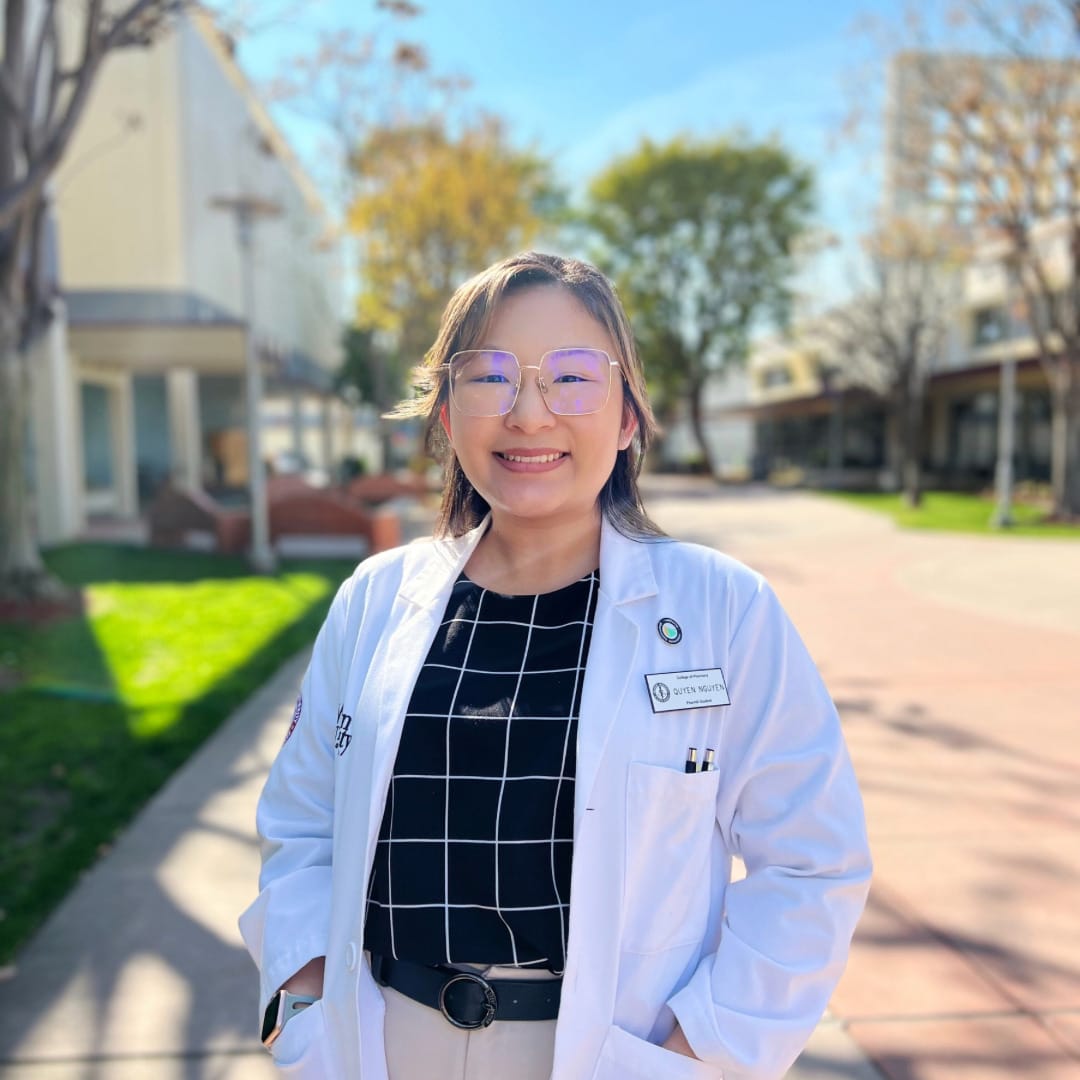WesternU College of Pharmacy team investigates mechanisms for carvedilol to prevent skin cancer


A research team from Western University of Health Sciences College of Pharmacy is examining the potential for the beta-adrenergic receptor blocker carvedilol to prevent skin cancer. The team received National Institutes of Health funding for its research, and its latest article, “Carvedilol inhibits EGF-mediated JB6 P+ colony formation through a mechanism independent of adrenoceptors,” was published today, May 20, 2019 in PLOS ONE.
The authors are Kristan H. Cleveland, Sherry Liang, Andy Chang, Kevin M. Huang, Si Chen, Lei Guo, WesternU College of Pharmacy (COP) Associate Professor Ying Huang, MD, PhD, and COP Associate Professor Bradley T. Andresen, PhD, FAHA. Cleveland, Liang and Chang are graduates of COP’s Master of Science in Pharmaceutical Sciences program. Click here to read the article: http://journals.plos.org/plosone/article?id=10.1371/journal.pone.0217038
Skin cancer can be debilitating for people and can cause facial scarring. Most often skin cancer can be removed by a dermatologist, but such treatment is expensive, Andresen said.
“We know how to prevent skin cancer. Don’t go in the sun too much, and use sunscreen,” he said. “We also know that is not sufficient. There are cases of skin cancer all the time. Can we find a way to molecularly prevent skin cancer?”
Sunscreen is like putting on armor. It is a shield against ultraviolet rays, but it has no pharmacological effects.
“Can we find molecules that have pharmacological effects to prevent skin cancer from forming?” Andresen said. “Carvedilol seems to do that, but we don’t know how.”
Andresen and Huang received about $400,000 in NIH funding through an R15 grant titled “Topical Delivery of Non-β-blocking R-carvedilol for Prevention of UV-induced Skin Cancer.”
The NIH funding is a steppingstone to figure out how to deliver carvedilol to patients and get it to market. Secondly, the team is figuring out how carvedilol works, which is what the new paper in PLOS ONE focuses on.
The prevailing thought was that carvedilol was blocking beta-adrenergic receptors in the skin, but recent evidence indicates that the mechanism is independent of beta-adrenergic receptors.
“The first obvious way of trying to figure this out is to test what the drug is known to do,” Andresen said. “When we did that, it doesn’t work how we would expect it to work.”
These findings are important in two ways. First, they overturn the prevailing thought about how carvedilol works in preventing skin cancer. Second, there are more than 30 β-blockers, and the study demonstrated that only a subset is effective in a model of skin carcinogenesis, which is important to understand when examining previous studies and conducting future studies with other β-blockers.
“That subset cannot be defined by any classical mechanisms, other than they work in our assay. Nothing classifies them together,” Andresen said. “What our paper says is you can’t just lump all β-blockers together. You have to individually look at them.”
The National Cancer Institute of the National Institutes of Health under Award Number R15CA227946 supported research reported in this publication.



